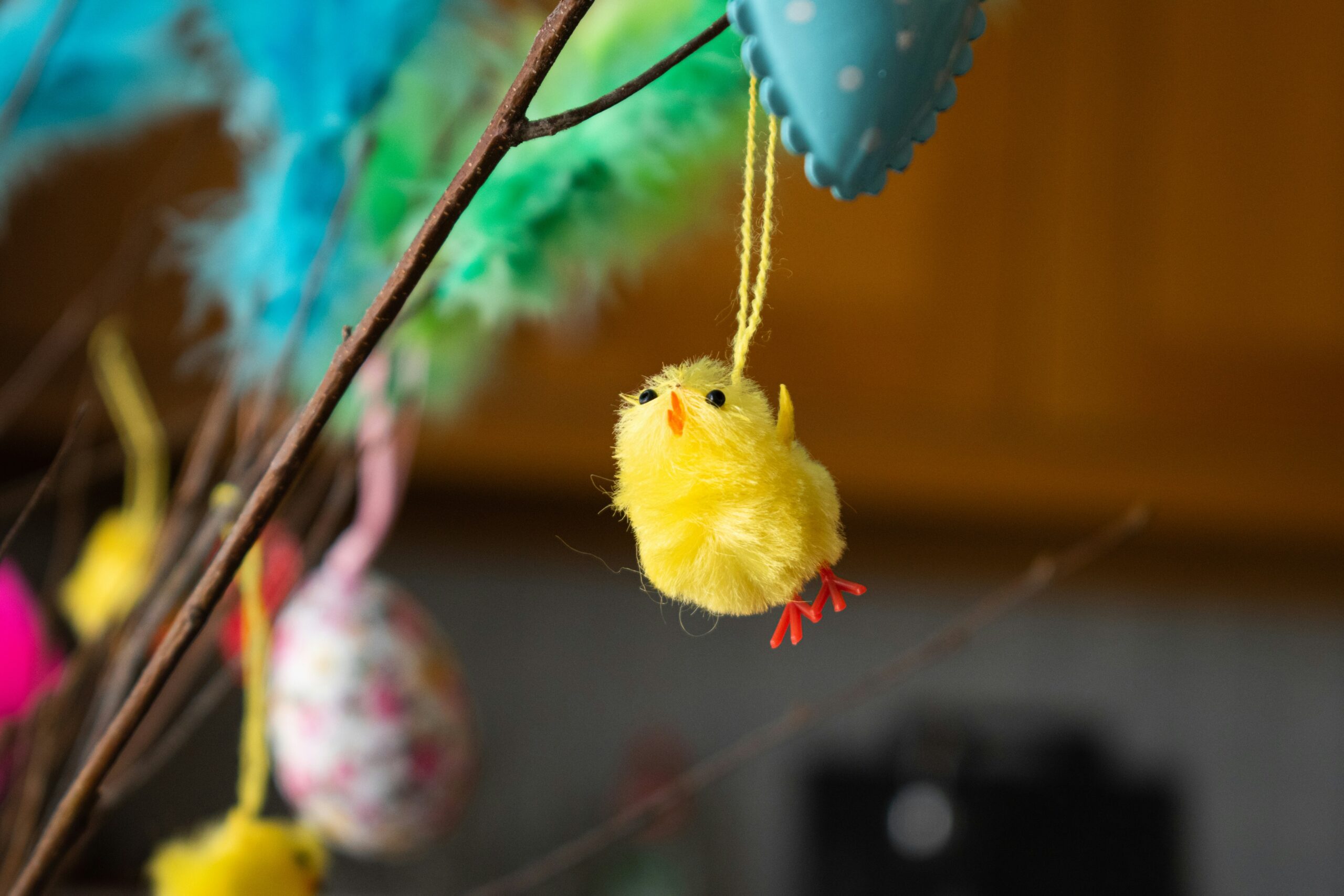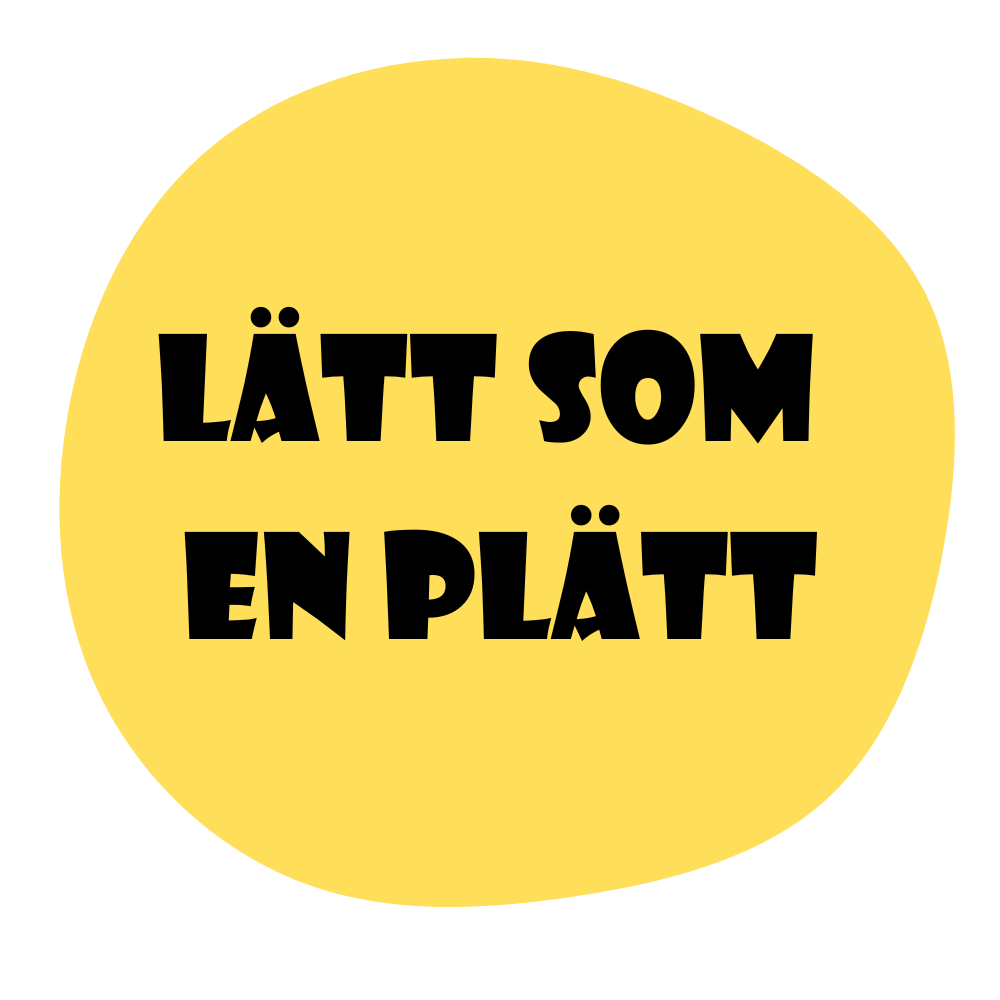Easter in Sweden, or Påsk, is a colorful and slightly quirky holiday that brings together old traditions, cozy family gatherings, and lots (and we mean lots) of candy. If you’re new to Sweden, don’t be surprised if you spot kids dressed up as little witches or see birch twigs decorated with bright feathers popping up in windows and town squares. Swedish Easter might not be what you’re used to, but that’s what makes it so charming!
A Blend of Traditions
While Easter in many countries is mainly a religious celebration, in Sweden, it’s a mix of Christian customs and old folklore. The holiday is largely secular today, and many Swedes see it as a welcome spring break, a chance to relax, visit family, and eat well.
Swedish Easter is celebrated over several days, starting with Skärtorsdag (Maundy Thursday), followed by Långfredag (Good Friday), Påskafton (Easter Saturday), Påskdagen (Easter Sunday), and Annandag Påsk (Easter Monday). Most businesses are closed or operate with limited hours during the holiday weekend, so plan ahead!
The Easter Witch Tradition
One of the most delightful and unexpected Swedish Easter traditions is the appearance of påskkärringar (little Easter witches). On Maundy Thursday or Easter Saturday, children dress up in colorful skirts, shawls, and headscarves, paint their cheeks red, and go door-to-door in their neighborhoods, exchanging handmade cards or drawings for sweets. It’s very similar to Halloween trick-or-treating, but with a distinctly Swedish twist.

The witch tradition comes from an old belief that witches flew to a place called Blåkulla to meet the devil during Easter. Nowadays, it’s just a fun and festive activity for kids and many adults get nostalgic watching it happen.
Easter Decorations: Feathers and Birch
Forget bunnies and pastels, Swedish Easter decorations are bold and bright. The most iconic are birch twigs (påskris) adorned with colorful feathers. You’ll see them in homes, stores, and even public squares. Traditionally, these twigs were used to remind people of Jesus’ suffering, but today they’re all about adding a cheerful, spring vibe to the season.

You might also notice eggs, chickens, and roosters used as decorative themes. These symbols of fertility and new life go hand in hand with the coming of spring.
Food: Eggs, Herring, and the Påskbord
No Swedish holiday is complete without a special spread of food, and Easter is no exception. The påskbord (Easter buffet) resembles the smörgåsbord you’ll see at Christmas or Midsummer and often includes:
- Pickled herring in various flavors
- Gravad lax (cured salmon)
- Eggs topped with roe or mayo
- Meatballs and sausages
- Jason frestelse (a creamy potato and anchovy casserole)
- Lamb (in some households)
- Cheese and crispbread

And of course, there’s godis (candy)! Kids receive large, colorful paper eggs filled with sweets, called påskägg, and you’ll see bulk candy sections (lösgodis) packed to the brim in supermarkets leading up to the holiday.
Tips for Your First Easter in Sweden
Here are a few things to keep in mind:
- Shops may close early on Thursday and stay closed or operate with shorter hours through Monday.
- Children may come knocking at your door dressed as witches, so it’s nice to have a few sweets ready!
- Public transport schedules may vary slightly during the holiday.
- Enjoy the relaxed pace. Easter is a time for Swedes to unwind, often heading to their summer cottages for a long weekend in nature.
Even if you’re far from your own traditions, celebrating Easter in Sweden offers a cozy glimpse into Swedish culture and community. Whether you join in the egg painting, enjoy a slice of salmon, or just admire the cheerful decorations, there’s something for everyone in this springtime celebration.
Have you experienced Easter in Sweden yet? What was the most surprising part for you? Let us know in the comments or share your story in our Facebook group!




This is honestly the cutest thing I have ever seen. I would love to visit Sweden and dive deeper into their culture. Thank you for this new information about Easter It’s always nice to see how holidays are celebrated in different countries. I’m very curious to see what the witching thing is in Sweden.